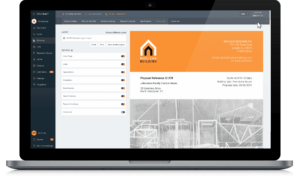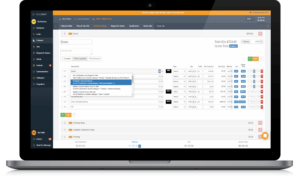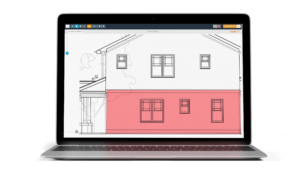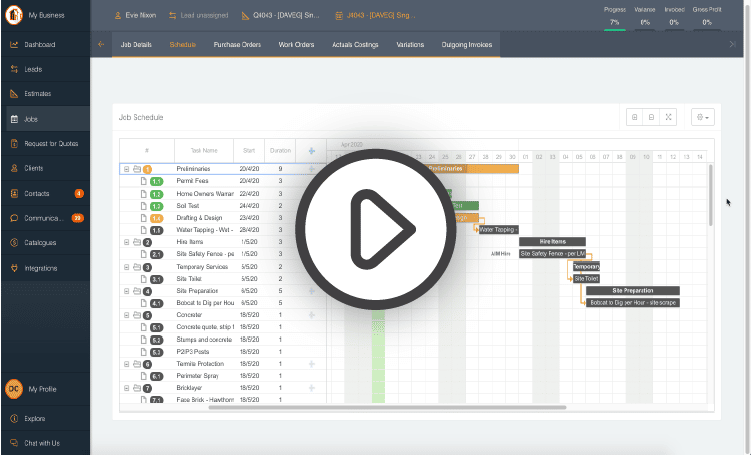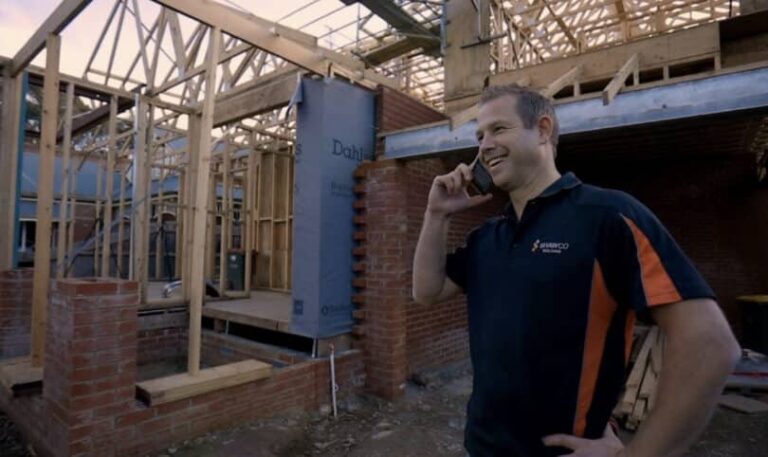Estimating is an important factor in many industries. The local grocer wants to order enough stock to satisfy their customers yet have the goods on the shelf for as little time as possible. For the construction industry, it is no different. Without a detailed estimate, profit margins can suffer. However, estimation is not a process of guesses. An estimate is calculated through knowledge, experience and accurate data. An estimate can be performed manually or with the aid of estimating software.
What role does estimating have in civil engineering?
With engineering, estimating is vital in ensuring a construction project comes to a satisfactory completion. They begin with evaluating the feasibility of the job, forecasting any issues that may occur, determining a rough cost estimate based on material unit costs, the particular work necessary and creating a timeline. An engineering estimate can be used to put in a project bid.
Does an engineering estimate differ from a construction estimation?
Essentially, the answer is no. The basic elements are the same and the aim is the same; to assess the benefit-cost ratio. An engineering estimate may focus more on tenders and bids that are on a large scale and can take several years to complete or on administrative approval.
Elements of civil engineering estimate
There are two important points that need to be considered when calculating the overall cost of a project and they are the indirect and direct costs. Things like office rental and other costs of running the business are considered indirect costs. Direct costs are associated directly with the construction of the project. Below, we will explore these direct cost elements a little more.
Estimating materials
Accounting for the various materials needed to complete the project is a critical element – quantity takeoff. They may be counted by unit cost, material length, cubic meter or by volume. The approximate cost to transport materials to and from the worksite must also be included.
Estimating labour
Labour is often the biggest approximate cost of the project. Whether it is subcontractors, skilled or unskilled labour that is needed, it all must be included. If construction is set to continue for numerous years, then pay rises have to be factored in as well. Through looking at the scope of work the estimator can assess the jobs to be completed and the labour necessary. It is also necessary to consider the length of the job to understand how to estimate how much labour will be needed.
Estimating equipment
There are lots of tools and equipment needed in the construction of a project. All of which have a price associated with them and their transport. Whether the equipment will be part of the building, used to create a water supply or to provide road access to the site. Running costs and maintenance are also included in equipment cost estimations.
Estimating time
Through historical data and a thorough knowledge of the general specifications of the proposed project, a timeframe can be estimated. This can then be used to help calculate labor costs. Time also needs to be allocated to unforeseen circumstances, just in case. Weather and location must be factored in too. Some places rain more in winter, the tropics get more rain in the warm weather so the location will affect the total cost of the project.
Type of civil engineering estimates
In any engineering project it is never just one estimate that is prepared. There are several types of estimates. Such as, rough estimates, detailed estimates, extra estimates, estimates to calculate materials, estimates for post-work maintenance, just to name a few. Here, we’ll examine a few more closely.
Approximate estimate
This is the most inaccurate estimate and is based on knowledge and historical data rather than specific details. It is a quick estimate that can calculate the feasibility of a job before becoming too invested.
Plinth area estimate
The plinth area is worked out by calculating the length x breadth of the project at floor level.
Cubic content estimate
To complete a cubic content estimate you take the plinth area x building height. This is a common way to estimate the costs of constructing multi-story buildings.
Repair estimate
The repair estimate is a calculation of the probable costs associated with the annual repair of buildings and their maintenance. A special repair estimate assesses the cost of repairs that were not considered in the annual repair budget.
Revised estimate
A revised estimate is completed if the expected expenditure of the original estimate has blown out by 5% or more.
Supplementary estimate
This estimate is for work that is deemed necessary once construction has started and so it was not included in the original estimate. Perhaps after the building has begun regulations change and work must be done to comply, this would be part of a supplementary estimate.
Detailed estimate
This is the most accurate of the estimates. It is prepared after administrative approval has been received that the job is feasible. At this point it has moved beyond a general idea to proposed work. From the architectural drawings, a detailed description of the proposed building and the scope of work is garnered. They include the various quantities of the materials required, the equipment required, the complete dimensions of the building, the completion period for the project, any technical sanction that may apply, a construction schedule, labor costs and the total estimated cost of the construction work.
Using software for civil engineering estimates
It is possible to perform an estimate by hand, but it takes a long time, is subject to error and any changes can be a major headache. Estimating and construction management software can get the job done around 80% quicker, is more accurate, and can do much more than predicting costs. Price lists can be loaded into the system, photos and detailed descriptions of materials can be added.
It can be integrated with your accounting software to handle the financial aspect of the project, like paying your bills and keeping things on budget. Work schedules, job allocations and construction management can be performed with the software.
Communication between all relevant persons can be made through the software, keeping everyone connected and all construction documents can be uploaded to the cloud where everything can be accessed while you’re on the move via your smartphone, tablet or laptop.
Why not do yourself a favor and trial estimating and management software for your engineering business. Not only will you win more bids and tenders, but your profit margin will also be more predictable, your customers will be happier, projects will be completed on time, within budget and you will build your company’s reputation as reliable, honest and accurate.





